Launching Sound Heritage
A couple of weeks ago heritage professionals, historical performance experts and music academics came to Southampton for the inaugural meeting of Sound Heritage, a new project on music in English country houses of the 18th and 19th centuries. Network leader Professor Jeanice Brooks tells us about the day:
Country houses have special place in British culture, and with the huge success of movies and television dramas like ‘Downton Abbey’, more people than ever before are interested in them. The country house has always been recognised as important to the history of art and architecture, as well as to broader social history. But until relatively recently, understanding of music in country houses has lagged far behind. And the sounding history of these fascinating buildings is almost completely silent for the public: visitors today rarely gain insights into music’s rich and important role in country houses’ past.
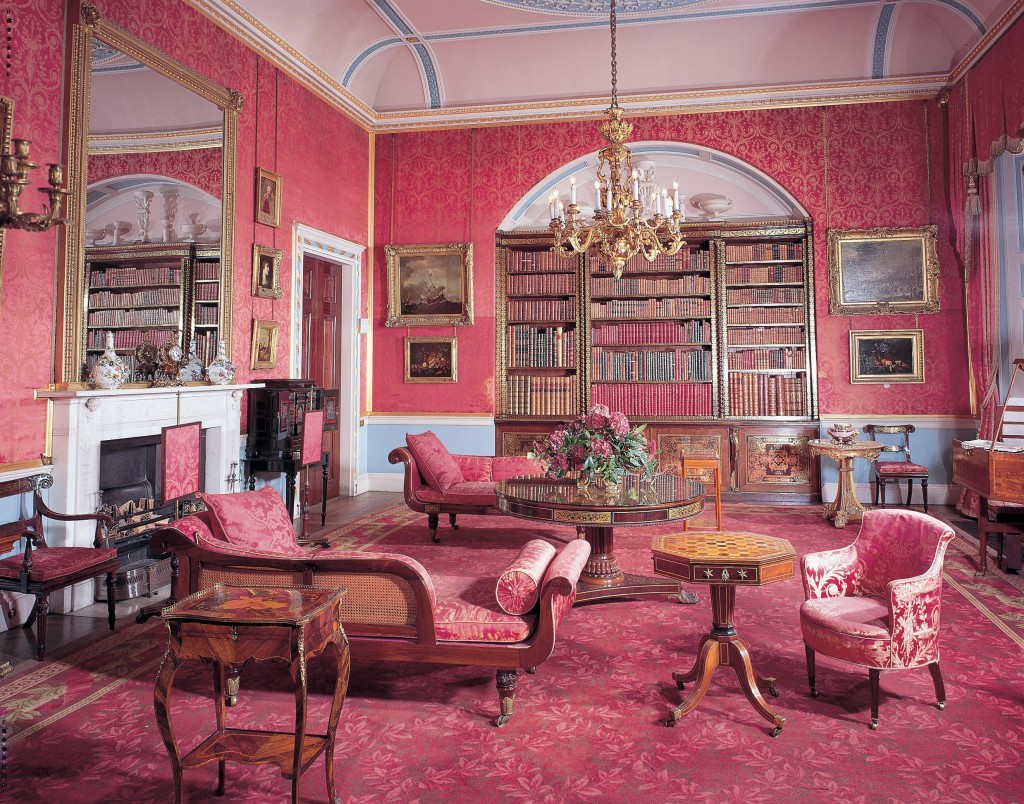
The Sound Heritage project is funded by the Arts and Humanities Research Council under its networking scheme, which aims to bring people together to build collaborative approaches to common problems. Research on music in individual country houses has been flourishing in the past few years, and this network is helping people to compare results of separate projects to gain a much broader picture. It’s also a way to provide connections between academic researchers and specialists from the heritage sector who are in charge of conserving and interpreting the houses. If we musicologists have ignored country houses until relatively recently, curators often feel unequipped to deal with musical materials. Abundance of material of one kind (for example, sheet music) and paucity on another (for example, life writing, or appropriate instruments) can be a problem; and some properties have no remaining musical materials at all. Others have lots of materials but their provenance is unclear.
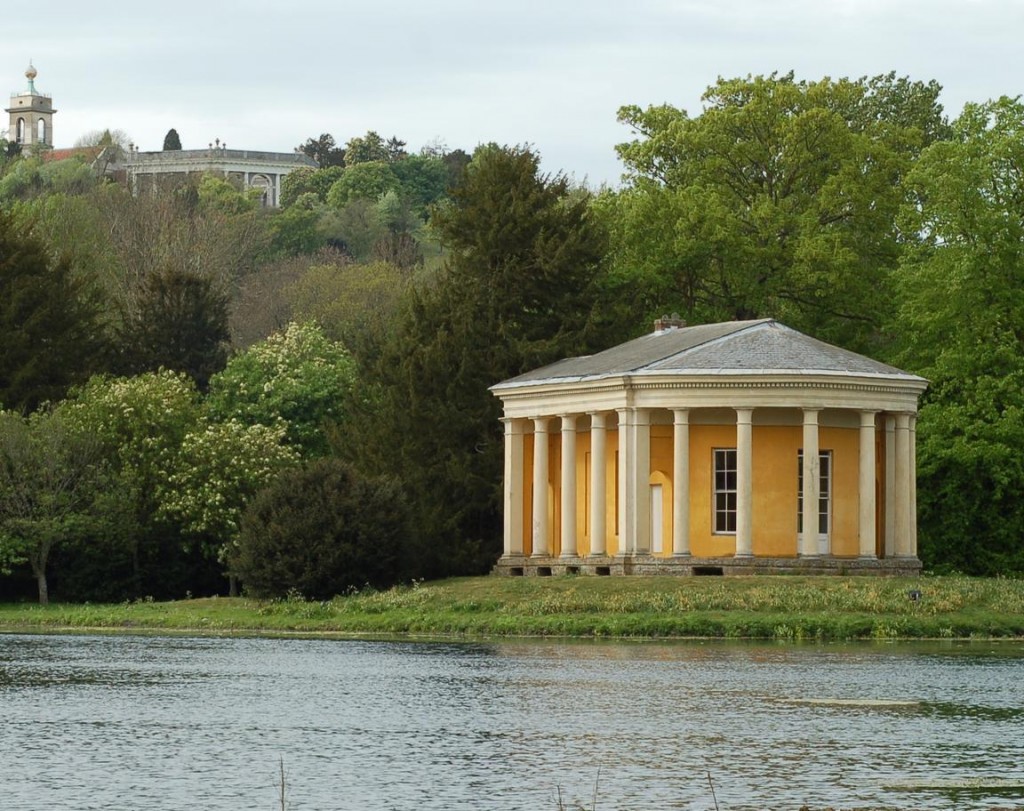
Even when the musical history of a house has been thoroughly studied, the big question of what to do with that knowledge remains. Most domestic environments are completely unsuited to formal concerts: lack of space or curatorial concerns mean you usually can’t accommodate many people, and anyway, most of the music was never intended for the kind of passive listening practice that concert hall settings involve. The world of professional early music performance usually operates in a completely different sphere; houses may need to rely on volunteer effort, and specialist early music knowledge can be lacking. So the goals of the Sound Heritage project are not just to add to our still fuzzy knowledge of music in country houses during the 18th and 19th centuries; but also to think about deploying that knowledge so that country houses ‘sound’ for modern visitors in informative and stimulating ways.
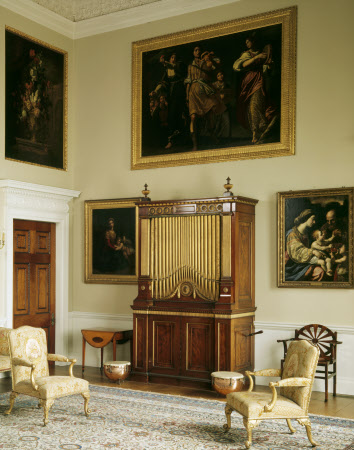
The AHRC is getting us started by funding three study days over the next year. The first one, on 6 November, brought together a wonderful group of 30 participants with widely varying expertise. My colleague and co-director Professor Jonathan Wainwright, from the University of York, and I were grateful that curators, house managers, and visitor experience consultants from all over the UK were able to join us; we had representatives from grand houses in both National Trust and private hands. University academics like us, from both Music and History departments, were joined by performance practice experts from within and outside academia, including several from conservatoires such as the Royal College of Music and the Royal Northern College of Music. We were also lucky enough to have a trio of international visitors whose work on country houses elsewhere can help us understand continuities as well as differences, in the wider anglophone environments of 19th-century Ireland, Australia and the USA as well as in England, Scotland and Wales.
Our day started with an introduction in which Jo and I traced the current state of research and interpretation. This was followed by a fascinating presentation on country house music in Ireland by Dr Karol Mullaney-Dignam (University of Limerick). Karol’s work shows how we have to be careful about context: there is a rich and challenging set of attitudes towards elite music-making in colonial settings, and the same practices can have radically different meanings in different environments. We can use these differences in national outlook to stimulate further work on difference when studying country house music – for example, class and other social divides, including socio-economic issues affecting musicians themselves. In addition to scores, instruments and other musical materials, Karol’s research draws on a huge body of primary documents such as inventories and household accounts, which help show how music fits with other forms of country house consumption. Connecting music with the rest of country house life is one way to demystify it, making it more interesting and accessible for visitors as well as encouraging interdisciplinary scholarly links. (For another take on Karol’s paper and the day as a whole, check out Matt Tyler-Jones’s post on his Interpretation Game blog.)
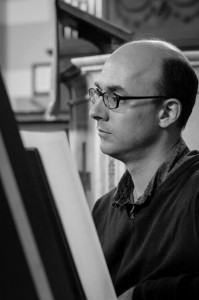
After lunch we convened at Turner Sims where the normal Friday public lunchtime concert was turned over to the Sound Heritage network as a showcase for our work. Network participant Martin Perkins is Head of Early Music and the Instrument Curator at Birmingham Conservatoire, currently researching the musical holdings of Weston Park in Shropshire. He and soprano Emily van Evera presented songs and readings from the music books and letters of Lady Charlotte Bridgeman, who lived at the house in the late 18th century. The performance included both difficult operatic excerpts and simpler devotional music that gave a good idea of the range of Charlotte’s repertory, and Charlotte’s story emerged clearly from the documents. This helped to underline a point made by our heritage colleagues, who emphasized that for interpretation of historic houses, finding a compelling story and interesting personalities is absolutely key to engaging visitors.
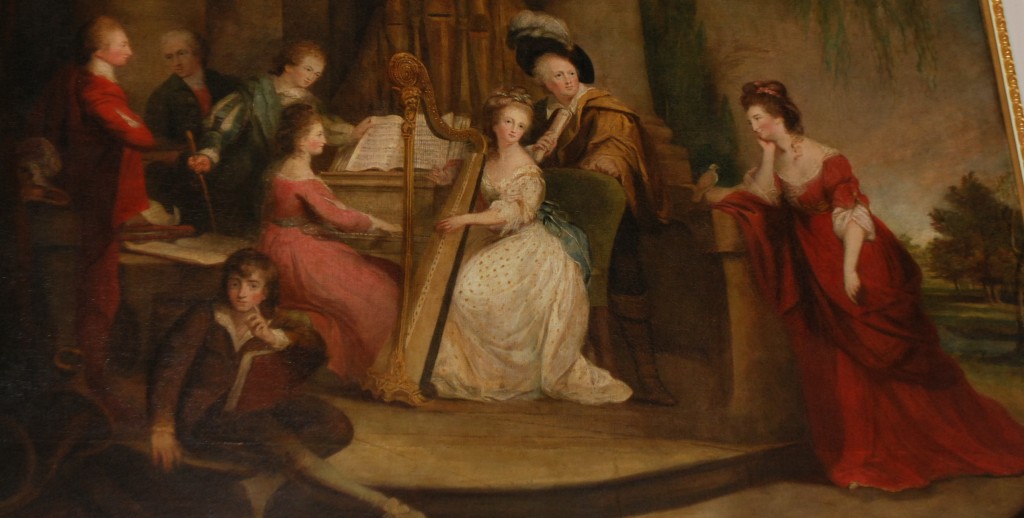

Our afternoon was spent in small discussion groups aimed at generating projects the network can undertake as a group. Jo and I, along with our redoubtable project manager, Dr Katrina Faulds, circulated around the groups as they worked on ideas for pooling research knowledge, building research and interpretation tools, and making research more accessible to performers and heritage professionals. The buzz in the room was terrific: people came up with a large number of great ideas, generating an equally large number of scribbles on flip charts spread around the room. In the coming weeks, Katrina, Jo and I are aiming to decipher these and summarise the work of all the different groups in preparation for our next meeting at Chawton House in March. I’m already excited about having another opportunity to meet with this amazing group of experts: I learned an enormous amount from spending just one day with them, and it’s wonderful to think about building the network’s future from these promising beginnings.

